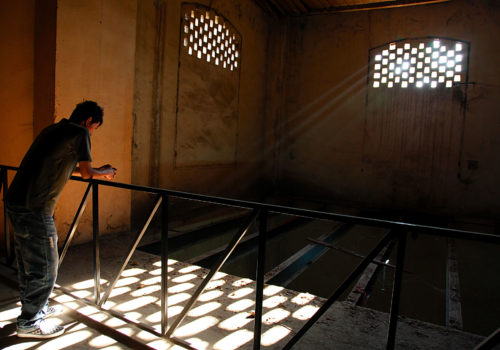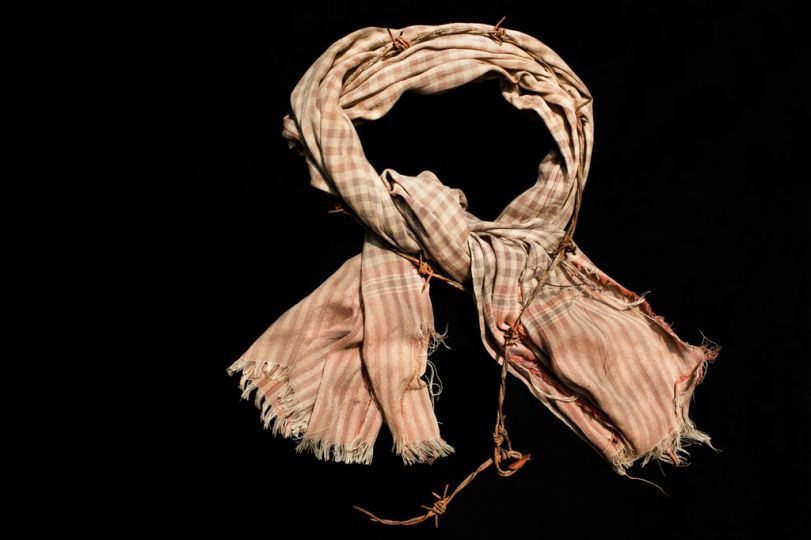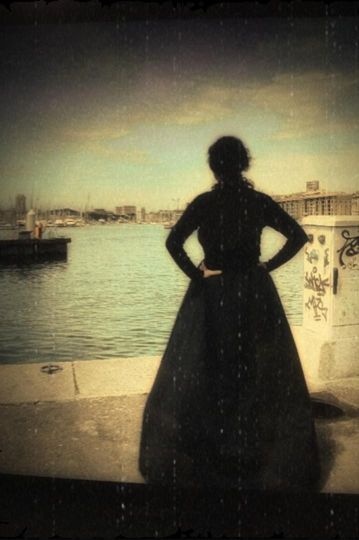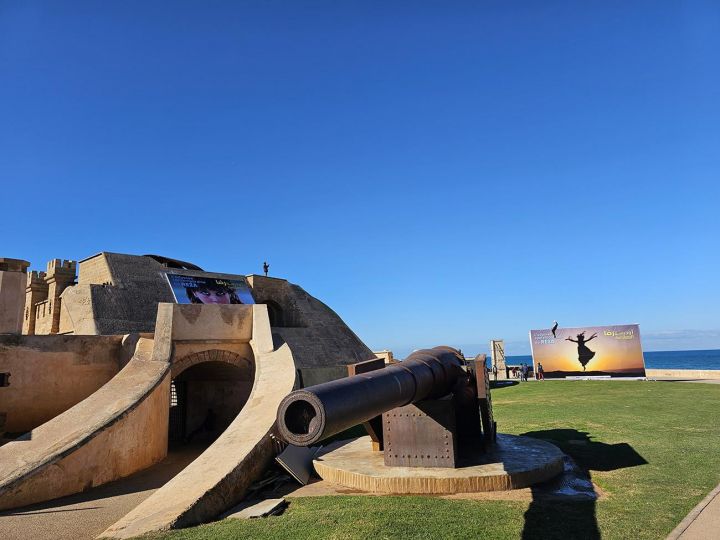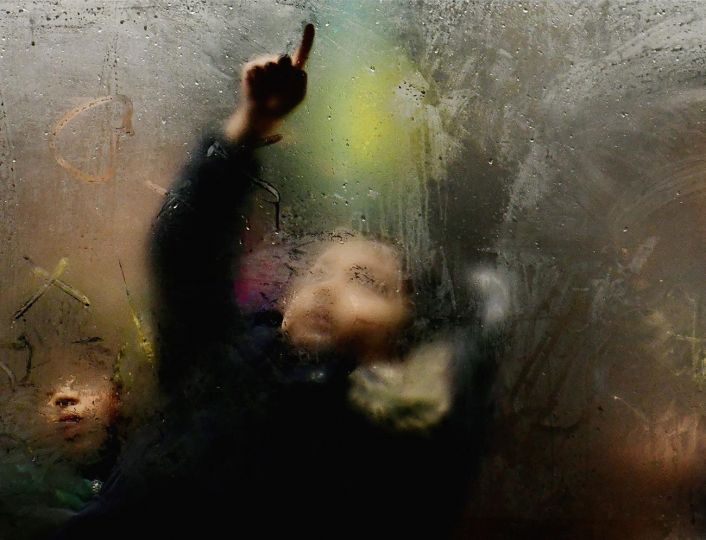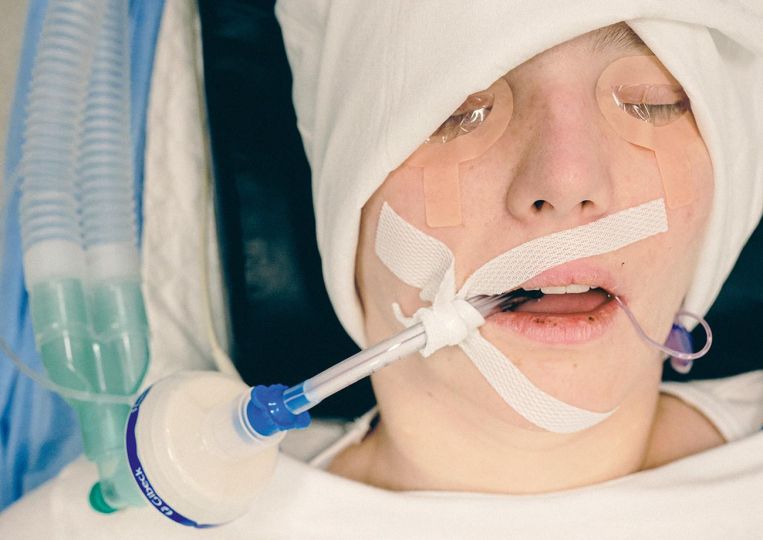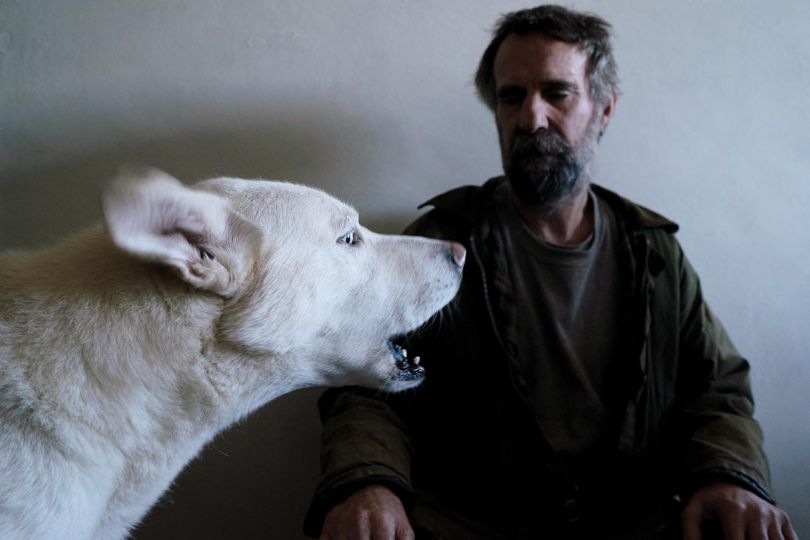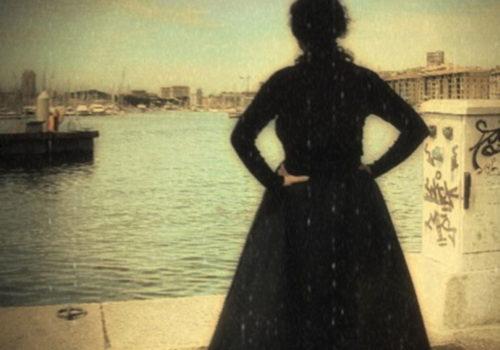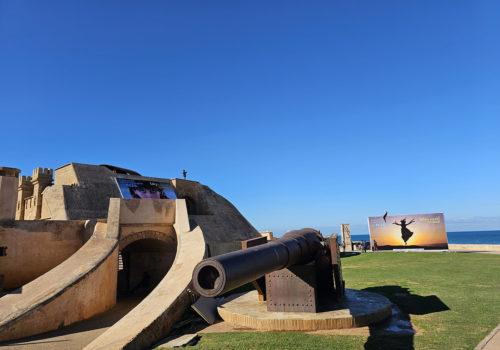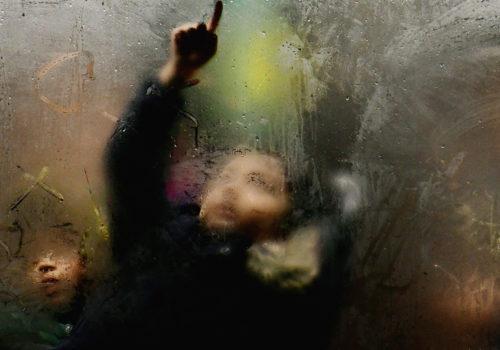Hak Kim was born in 1981 in Battambang province in Western Cambodia. A graduate of the National Institute of Management, he worked in tourism for several years, before taking up photography in 2008. Starting out at Studio Image, set up by the French Cultural Centre in Phnom Penh, he did an internship at the Angkor Photo Festival in 2009. He now works for the Melon Rouge [Red Melon] agency, and his series ON was shown at the Photo Phnom Penh festival in 2010.
Born into a rice-farming family, Hak Kim was struck, when he first arrived in Phnom Penh, by the demolition he saw everywhere: in a context of rampant property speculation, a city whose appeal lay partly in its tranquil, low-level character was undergoing radical change. Distressed by the destruction of colonial buildings and others built during the 1960s and 1970s by local architect Vann Molyvann, a pupil of Le Corbusier, he decided to draw attention to the city’s architectural heritage, a core notion in a country traumatised by war and the Khmer Rouge terror:
“These houses are like old people who are being killed. They still have a great deal to teach us.” Convinced that nothing could be achieved without the involvement of the generation born, like him, after the fall of Pol Pot, he devised the boldly complex project he called ON: O for “old buildings” and N for “new generation”. The approach consisted in photographing friends of his own age in buildings he saw as symbolic of the two great architectural periods in modern Cambodian history. After scrupulous selection of the sites, he got these friends to pose according to his instructions. Meticulously staged but never arty, with a responsiveness to light and a chromatic sensitivity that remains faithful to ambience without ever lapsing into the garish, these images make the point perfectly. And while some of the buildings photographed have since been demolished and others are under threat, Hak Kim has shaped a very personal memoir of Phnom Penh at the beginning of the twenty-first century.
Christian Caujolle, curator
Text from the catalogue-book “Photoquai”, co-edited by Musée du Quai Branly- Actes-Sud

